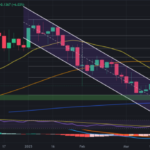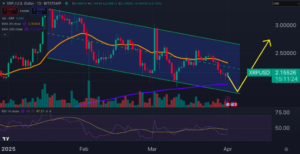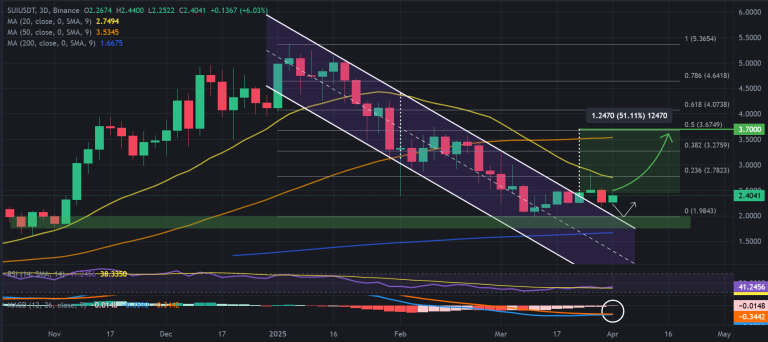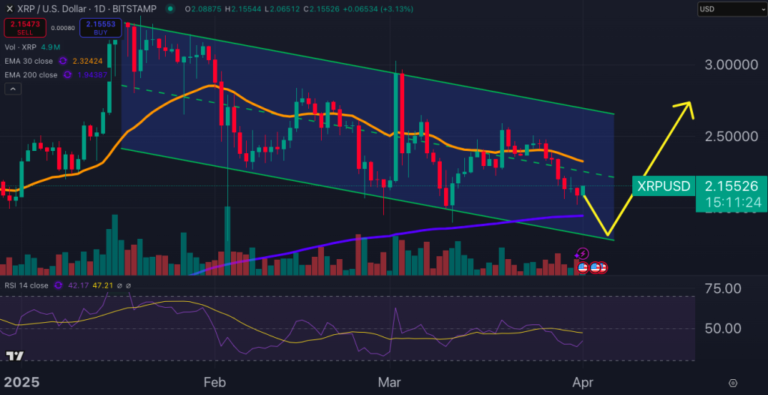Last updated:
 Why Trust Cryptonews
Why Trust Cryptonews

Sonic Labs has scrapped its initial plans to launch a US dollar-pegged algorithmic stablecoin, pivoting instead to develop a version tied to the United Arab Emirates dirham.
Just a week after co-founder Andre Cronje revealed that the firm was building a USD-based algorithmic stablecoin offering an annual percentage rate of up to 23%, the company made an abrupt U-turn.
“We will no longer be releasing a USD-based algorithmic stablecoin,” Cronje said in a March 28 post on X.
“Completely unrelated, we will be releasing a mathematically bound numerical Dirham, which is settled and denominated in USD, which is definitely not a USD-based algorithmic stablecoin.”
Sonic Labs Shifts Strategy as UAE Pushes Ahead With Digital Dirham
The sudden change in direction comes amid growing regulatory attention on stablecoins and follows the UAE’s own announcement that it will roll out a central bank digital currency (CBDC), the digital dirham, by late 2025.
UAE Central Bank Governor Khaled Mohamed Balama has said that the digital version of the dirham will be blockchain-based, aiming to bolster financial stability and combat illicit finance.
The digital dirham will be accepted across all payment systems alongside its physical form, according to a report by Khaleej Times.
Sonic’s decision to abandon its original plan may have also been influenced by broader concerns over algorithmic stablecoins, which have faced intense scrutiny since the infamous collapse of the Terra ecosystem in 2022.
Terra’s algorithmic stablecoin, UST, which offered yields above 20% on the Anchor Protocol, lost its peg and plummeted to $0.30.
Its sister token, LUNA, saw a dramatic fall from over $120 to under $1, wiping out $40 billion in value in just days.
Cronje himself has publicly shared his hesitations about re-entering the algorithmic stablecoin space, citing past trauma from prior market crashes.
“Pretty sure our team cracked algo stablecoins today,” he said in a previous post, “but the previous cycle gave me so much PTSD not sure if we should implement.”
The European Union has since moved to ban algorithmic stablecoins under its Markets in Crypto-Assets Regulation (MiCA) to avoid repeat incidents like Terra’s collapse.
Active Stablecoin Wallets Surge Over 50% in One Year
As reported, the number of active stablecoin wallets has surged by over 50% in the past year, reflecting growing adoption and engagement within the digital asset ecosystem.
More specifically, active stablecoin addresses increased from 19.6 million in February 2024 to 30 million in February 2025, marking a 53% year-on-year growth.
Growing institutional adoption, expanding use in payments, and rising integration in decentralized finance (DeFi) has played a key role in the increase in active stablecoin wallets.
These factors have made stablecoins a fundamental component of the digital economy, offering liquidity, stability, and accessibility to users worldwide.
Beyond active addresses, the total stablecoin supply has also surged. In February 2024, the total supply stood at $138 billion, but by February 2025, it had climbed to $225 billion, reflecting a 63% year-on-year increase.
Last month, Federal Reserve Governor Christopher Waller weighed in on stablecoins, arguing that U.S. dollar-pegged digital assets could strengthen the dollar’s global dominance.
Waller claimed that stablecoins already play an important role in the financial ecosystem.




















